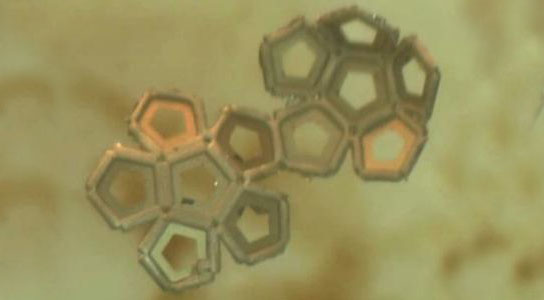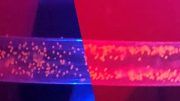
Microscopic Origami Boxes
The ancient art of origami just got tiny. And by tiny, I mean microscopic. Oh yes, it can also fold all by itself now. According to New Scientist, we can now select the best flat starting shapes for making tiny boxes that are able to build themselves. Well, with a little nudge from outside help.
This is no easy task since the number of possible 2D cut-outs is staggering. For a simple cube, you have just 11 different options, but a dodecahedron of 12 pentagon faces has a total of 43,380.
David Gracias of Johns Hopkins University should know, since he made hinged nickel cut-outs, edged with alloy. Algorithms were used to choose the fastest-folding starting shape. When the alloy was melted (that “nudge“ that I aforementioned), it made the shapes fold into boxes less than a millimeter wide. The starting shapes that were the least spread out were the ones that folded fastest.
We have plenty of ways to print 2D forms, but this helps with nanomanufacturing 3D surfaces. It will be interesting to see where this goes from here and what kind of structures will eventually come from it.









Be the first to comment on "Microscopic Origami Boxes Fold-Up on Their Own"